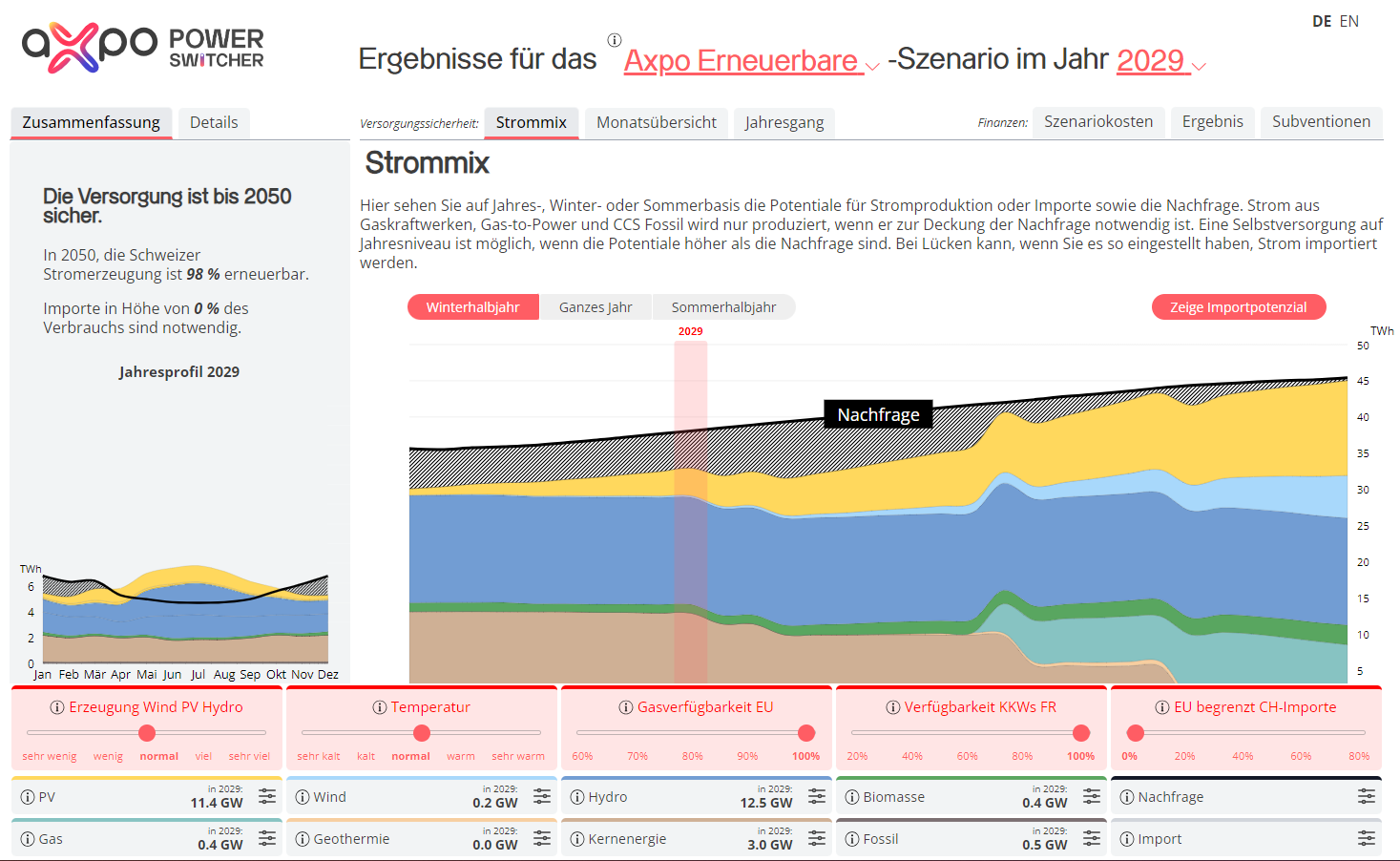14.02.2023 | European Energy Markets Monthly, February 2023
Markets reverting to traditional price anchors
European energy markets maintained their bearish sentiment over the course of January amid persistent demand destruction, continued ample fuel supply and solid coal and gas inventories. Some energy prices plunged to ten-month lows. Unseasonably warm weather during the first half of January was among the key bearish drivers, heavily reducing the call on thermal power generation, while, multi-year high fuel inventories provided supply flexibility. This proved pivotal in limiting the upside from the subsequent short-lived cold spell, with price increases proving mere volatility spikes within the prevailing downward trend.
On the fuels side, demand destruction in residential, commercial, and industrial gas use sectors continued to reduce consumption. Meanwhile, robust LNG volumes and strong pipeline imports from Norway enabled inventories to reach around 87pc of capacity, the highest on record for the time of year. Confidence grew that Europe is able to offset the lower gas supply from Russia, moving gas prices closer to the fuel switching range. Coal markets closely tracked gas market developments. Combining with the support of fundamental drivers including robust supply, high stockpiles in ARA terminals and China’s muted demand amid rising Covid cases, this pushed the front-quarter contract to around January 2022 levels.
Improving nuclear availability in France has been another important bearish factor, ramping up significantly as several reactors went back online. This propelled nuclear production to its highest level this winter, in stark contrast to previous months when availability was 10 GW lower than usual and insufficient to counterbalance falling Russian gas volumes. Meanwhile, Germany’s Emsland reactor returned to service before its final closure in April and, together with Slovakia’s Mochovce 3 reactor, offset the closure of Belgium’s Tihange-2 reactor at the end of January. Meanwhile, the Belgian government is considering extending the operating lives of three nuclear reactors to 2027.
Although the above-mentioned drivers maintained the bearish market sentiment over the course of January, the decisive factor that could reverse or at least slow down the ongoing return to traditional price anchors is energy demand. Should lower wholesale prices trigger recovering demand levels, particularly after the recently improved global economic growth forecasts, Europe risks pricing out essential LNG supplies and paying a hefty premium to fill its gas reserves. This would be further exacerbated if combined with a prolonged cold spell or the final shutdown of Russian gas supplies via Ukraine. Meanwhile, the European Commission has launched a public consultation on reforms to the EU power market structure. This is an attempt to harmonise all ad hoc policy measures adopted across the continent, de-risk renewable energy investments and ensure market stability. The outcome of this process could significantly influence the way power markets trade in the future, and will therefore be another important factor in price formation over the coming months.
Disclaimer
This document is for information purposes only. None of the statements and notes constitutes a solicitation, an offer or a recommendation for conducting any transactions. No warranty, either expressed or implied, is given for the information contained in this document. Actions based on this document made therein are the responsibility of those who undertake them. All liability for damages, which may result directly or indirectly from the use of this document, is disclaimed.
The accuracy, completeness or relevance of the information which has been drawn from external sources is not guaranteed although it is drawn from sources reasonably believed to be reliable. Estimates regarding future developments and other forward looking statements regarding commodities and therewith connected derivatives mentioned in this document may be based on assumptions that may not be realized. Axpo reserves the right to change the views reflected in the document without notice and to issue other reports that are inconsistent and reach different conclusions from the information presented in this document.




.jpg)





